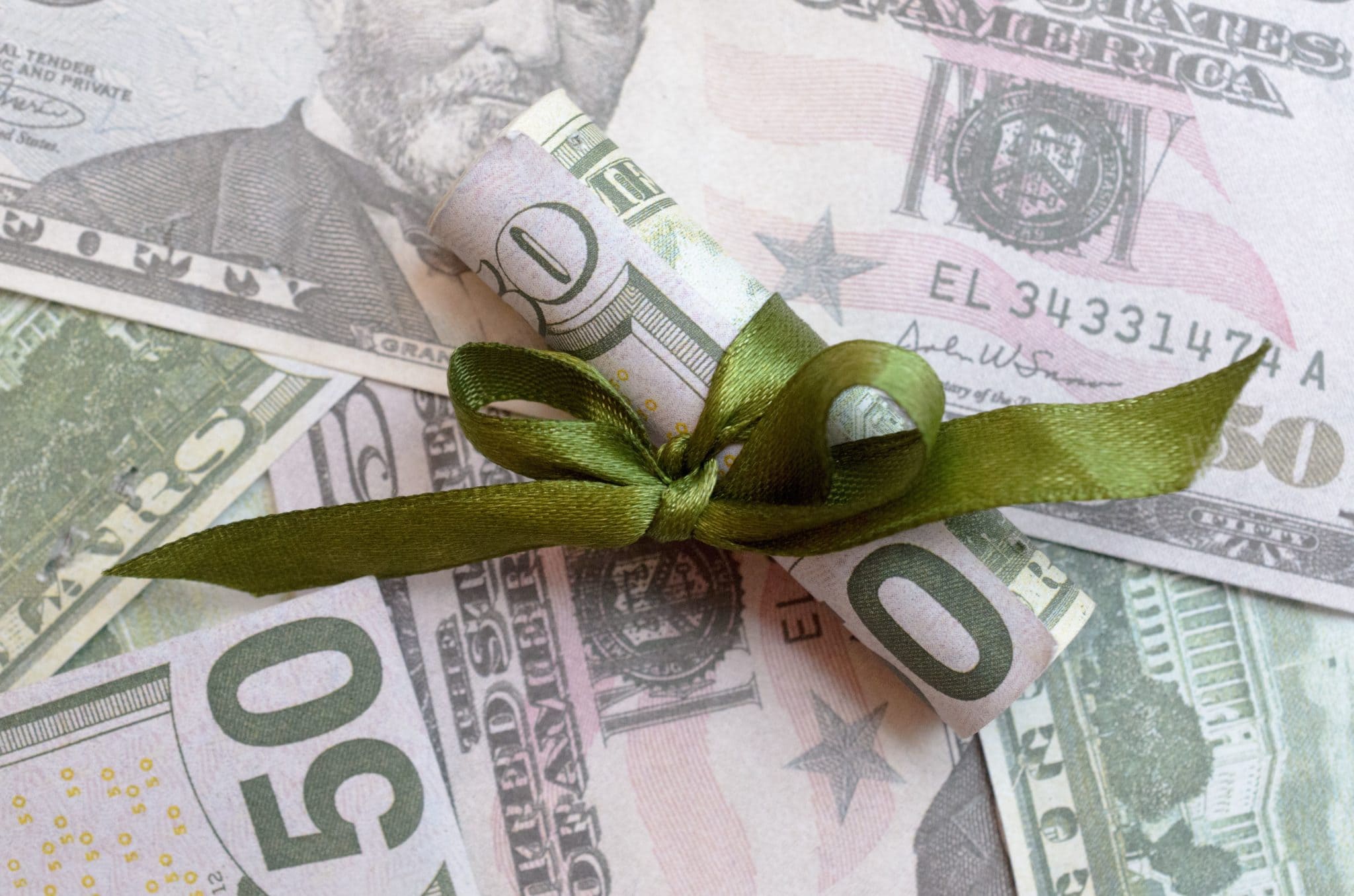Donor-advised funds (DAFs) have been around since the 1930s, but they’ve exploded in popularity in the past decade. Between 2007 and 2016, DAF assets grew from $32 billion to $85 billion, according to the National Philanthropic Trust. Assets are expected to continue to grow exponentially thanks, at least in part, to the Tax Cuts and Jobs Act.
DAFs have drawn some controversy. Critics claim that DAFs allow donors to plant funds indefinitely without making charitable distributions. Such stockpiling poses a challenge for charities that want to put the money to good use. If your nonprofit is hoping to benefit from the largesse of DAFs, start by learning as much as you can about them.
What are they?
DAFs enable donors to contribute unlimited assets, including cash, securities and real estate, to an account controlled by a “sponsoring organization.” Donors receive an immediate tax deduction up to 60% of their adjusted gross income in exchange for their irrevocable gifts.
There are approximately 1,000 sponsoring organizations in the United States. Most fall into one of two basic categories: 1) community foundations and 2) charitable wings of investment-service companies, such as Vanguard Charitable and Schwab Charitable. A smaller group of sponsoring organizations focus on single issues or charitable grantees. All types generally invest and manage DAF assets, screen charities that will receive grants, and make distributions. But policies about such issues as the types of assets accepted, how funds are invested and how often donors must request distributions vary widely by sponsor.
Who makes grant decisions?
Donors make grant recommendations, and although supporting organizations aren’t legally required to honor them, they almost always do. But it’s worth noting that sponsors play a major role in which organizations ultimately receive grants. Sponsors often suggest charities to donors that match their charitable criteria.
Sponsors also may step in when donors fail to request distributions. For example, if Fidelity Charitable donors don’t start naming grantees after three years, Fidelity names charities for them. After seven years of donor inaction, Fidelity grants the entire DAF balance to nonprofits approved by its trustees. But not all sponsoring organizations have such policies. And some critics contend that both donors and sponsoring organizations have too many incentives to hold onto DAF money as long as possible.
How do you attract DAF donors?
To encourage sponsoring organizations to direct gifts to your charity, prioritize these relationships. Let community foundations know that you welcome such gifts and are equipped to handle them. And as your mission and programming evolve, keep such sponsors up to date so they can accurately match your organization with donor interests.
Because some DAFs are anonymous, building relationships with potential donors can be a little harder. But if you’ve already received a DAF grant, you’ll likely find the name of the fund in the gift letter. Be sure to send the donor a thank-you note (via the sponsoring organization, if necessary) and indicate your interest in receiving future gifts or being named beneficiary of a trust. Also put prominent notices on your website and social media pages and in donor emails. And think about featuring DAF supporters in your nonprofit’s newsletter and annual report.
Is there anything you should watch out for?
The IRS hasn’t issued a lot of guidance about DAFs, so tread carefully when accepting these gifts. For example, there’s some uncertainty about whether DAF funds can be used to fulfill pledges. The IRS has stated that DAF funds can be used for this purpose. But donors can’t take additional tax deductions for them, and sponsoring organizations aren’t allowed to tell grantees that a gift is being issued to fulfill a pledge.
Also, nonprofits shouldn’t accept DAF funds if the donor will receive something of value in return, such as dinner or entertainment. For this reason, you shouldn’t let donors use DAF gifts to buy event tickets.
Funds are available
DAF distribution rates aren’t growing as quickly as DAF contributions — the National Philanthropic Trust says that aggregate distributions have remained stable at roughly 20% annually since 2007. But there is still plenty of financial support available for nonprofits that put themselves forward to connect with DAF donors and sponsors. If you are a nonprofit and need help with your DAFs, contact us.
© 2018


